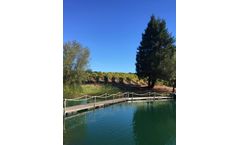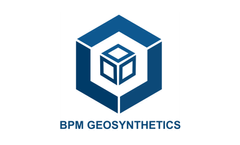Irrigation Pond Articles & Analysis
6 articles found
Algae blooms can have a major impact on irrigation systems and cost producers time and money to clear clogged pumps, spray and drip lines, not to mention possible chemical application costs. WaterIQ Technologies™ and its partners specialise in environmentally friendly ultrasound technology for efficient and cost-effective solutions to combat harmful algae and biofilm. “WaterIQ helps ...
Farm dam liners are the kind of HDPE geomembrane liner which is the cost effective solution to prevent water leakage when you build a irrigation pond for crops, support aquaculture, or provide water for livestock. ...
Simulation results showed that pond water level changed moderately for conditions without using its water for irrigation, whereas pond water level changed dramatically for conditions with using its water for irrigation. A reasonable ratio of pond size to irrigated soybeans land was 1:18 if the ...
Due to a broken supply line a Yorkshire farm had a diesel oil spillage of approximately 1300 litres which contaminated the adjacent soil and the farm irrigation lagoon. Scientific Environmental Technologies (SET) were commissioned by the loss adjusters to bioremediate the contaminated site. SET chose Amnite P100 hydrocarbon degrading bacteria as the biological agent to break down the diesel ...
A field experiment was conducted to study the influence of coffee effluent irrigation on performance of established robusta coffee, nutrient contribution and microbial activities in the soil. The results revealed that the field irrigated with coffee effluent from aerobic tank having COD of 1009 ppm, did not affect the yield of clean coffee (1309 kg ha-1) and it ...
The total arsenic withdrawn by the seven shallow tubewells used for agricultural irrigation in the arsenic-affected areas of Nadia district per year is 3851 g (mean: 550 g, range: ...





